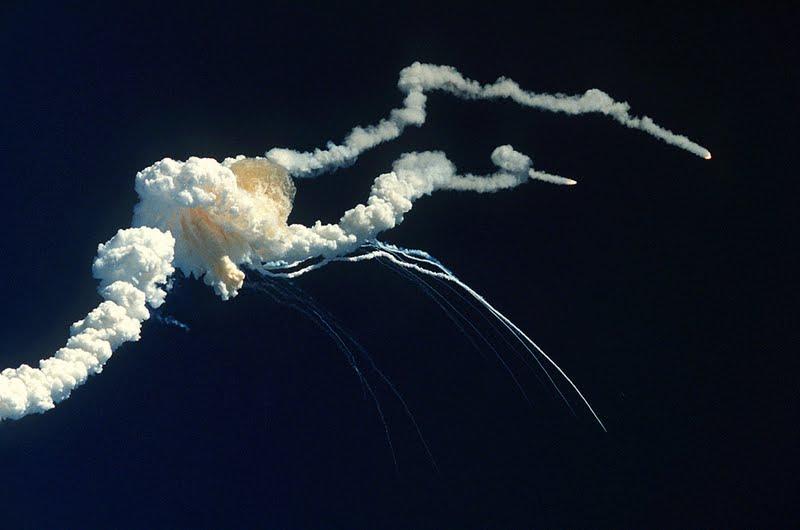The Challenger Disaster of 1986
By | April 26, 2019

On January 28, 1986, the United States shuttle orbiter, Space Shuttle Challenger, exploded just seventy-three seconds after liftoff, in what would become one of the most memorable events of the 1980s. Among the seven fatalities was a New Hampshire schoolteacher named Christa McAuliffe, who would have become the first civilian in space.
The Space Shuttle Program began in 1976 when the National Aeronautics and Space Administration (NASA) revealed the world’s first reusable manned spacecraft. The first space shuttle, Columbia, was launched five years later. Challenger was NASA’s second space shuttle, first launched on April 4, 1983. It completed nine successful trips before its deadly tenth launch in 1986.

On that fateful day, Christa McAuliffe, excited about how “lucky” she was to have been chosen for this journey into space and to be able to “teach” her students while actually viewing space for herself, prepared for a journey she thought she would never forget. It was an unforgettable day but not in the way she would have imagined. The millions of viewers, which included family and friends of the seven crewmembers, watched in horror as the Challenger appeared to “explode” in the air only seventy-three seconds into flight. But it was not just an explosion. It was much more than that.

Warnings were given by engineers that it was not safe to launch the Challenger because of extremely cold temperatures, but these warnings went unheeded. They were too anxious and overeager to wait for safer conditions – not just the weather conditions but safe conditions from an engineering standpoint. Months and months of preparation had gone into this scheduled launch day not to mention money spent. With the media coverage and classrooms full of students and teachers all watching and waiting for the takeoff, no one wanted to pull the plug.

What really happened? What went wrong? Speculation and debate, along with government cover-up, have all been part of the conversations not only on the internet but also through news media outlets since that day. The truth is that no one person, agency, group, government, or other any entity can bear the complete responsibility of it. Everyone involved in the operation, the planning, the construction of parts, and the safety of the space program has to share the responsibility of such an undertaking.
After the incident, some changes did take place based on investigations and recommendations by the Rogers Commission. The Rogers Commission was formed by President Ronald Reagan to investigate what went wrong in order to avoid future disasters. Neil Armstrong and Chuck Yeager were part of that commission. According to scientist, Richard Feynman, the rubber O rings on the rocket booster had become brittle from the cold temperatures and failed. The company that created these, Morton Thiokol, had been warned by their own engineers that these components were vulnerable under low conditions. NASA officials were also aware of this problem.

The movie The Challenger Disaster (2019) was recently released that is based on the real story of what happened the night before this disaster took place. The action and momentum build up as an engineer tries to beat the clock to convince those in charge why they need to stop the launch. Some of the actors and actresses in the movie include Larry Arnold, Glenn Morshower, Eric Hanson, Les Miles, and Brandi Price.
Following this horrific event in history, attempts were made by NASA to implement some safety changes to their shuttles and they waited for over two years before sending up another shuttle. Resuming in 1988, they had a successful flight with the Discovery and other flights afterward until 2003, when another disaster happened with the space shuttle Columbia that killed another seven people. By 2011, the space shuttle program ended.

